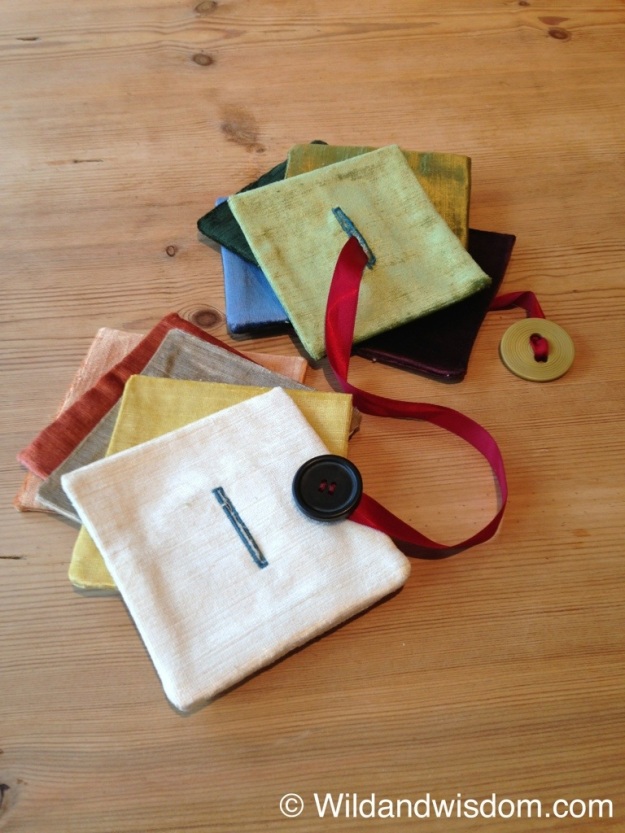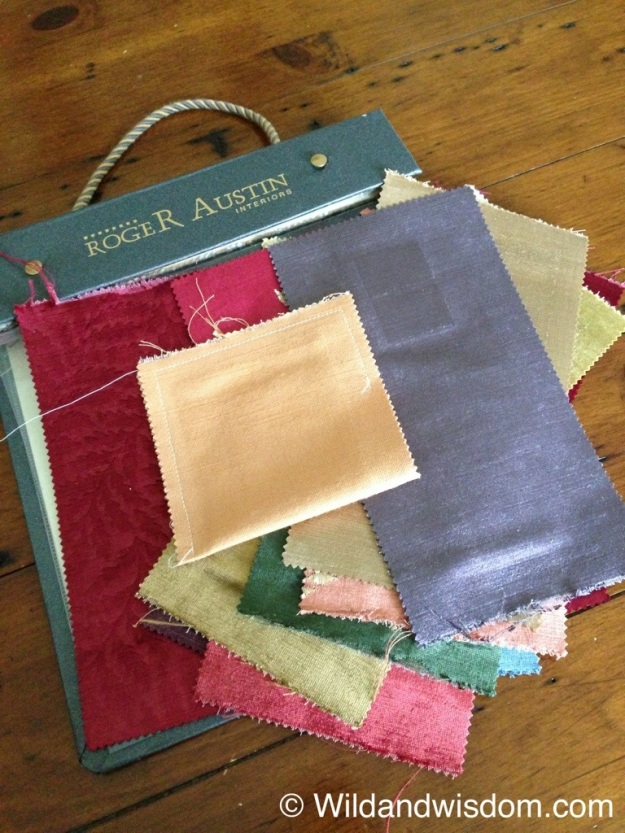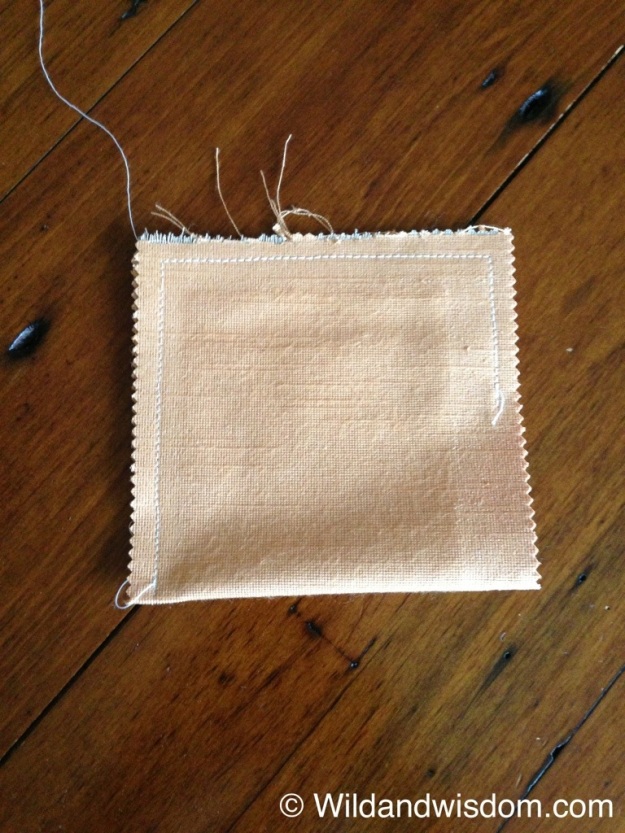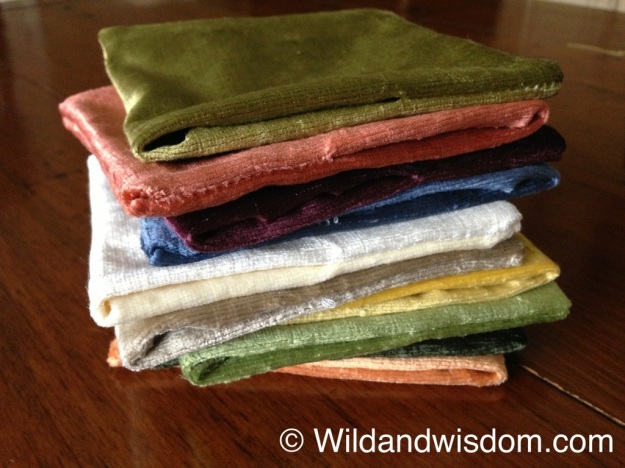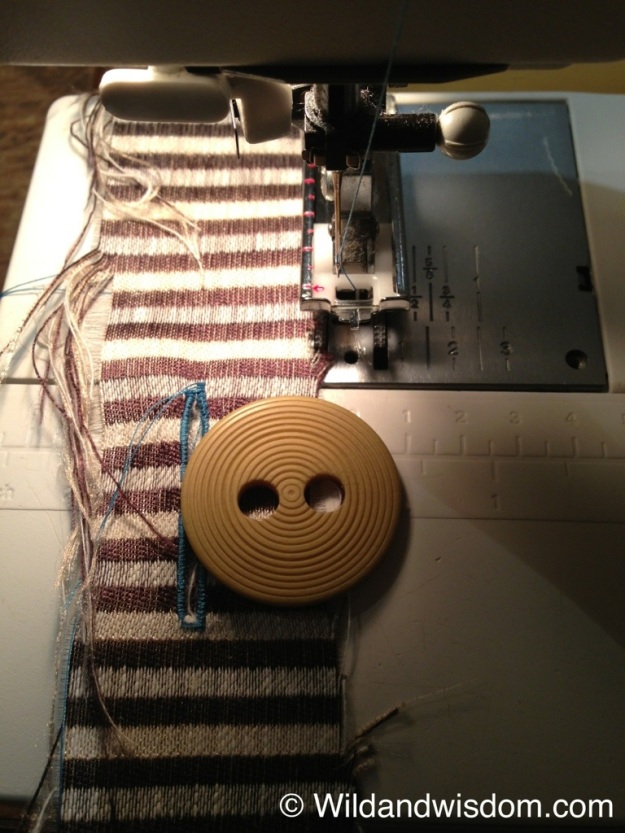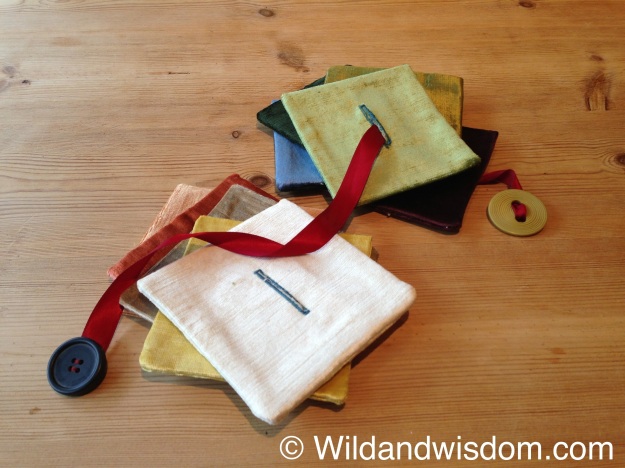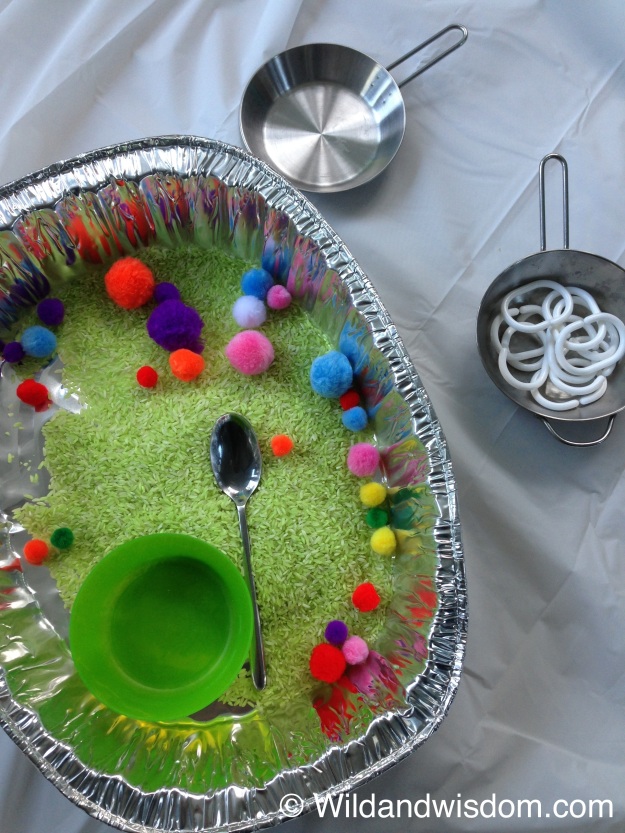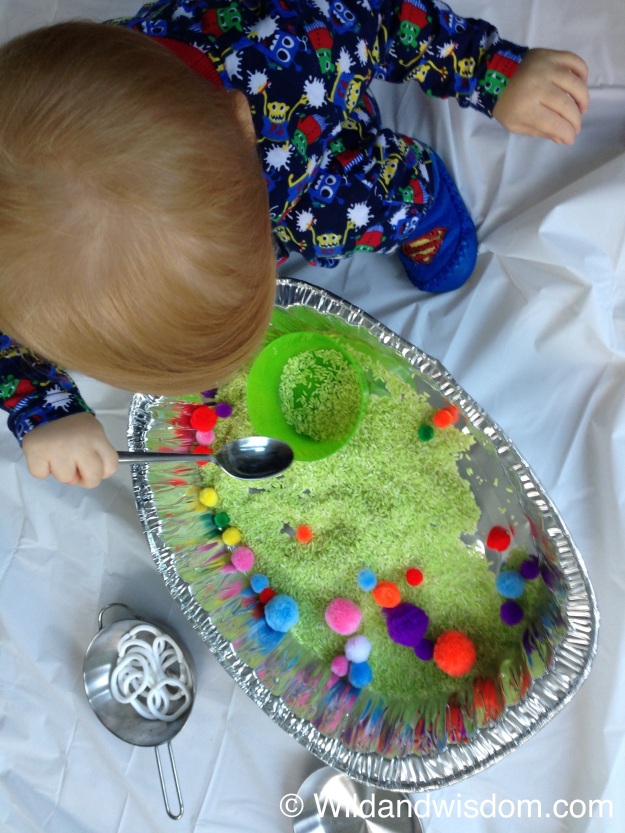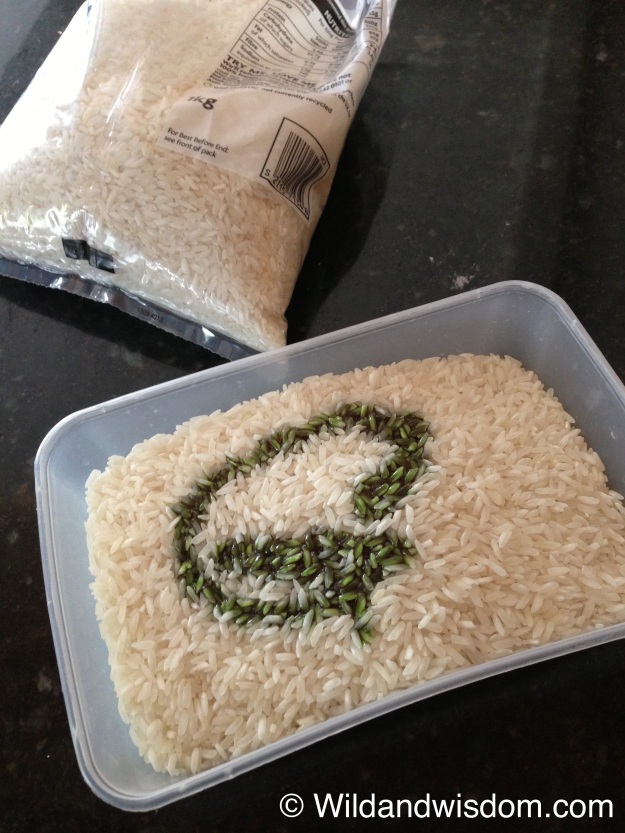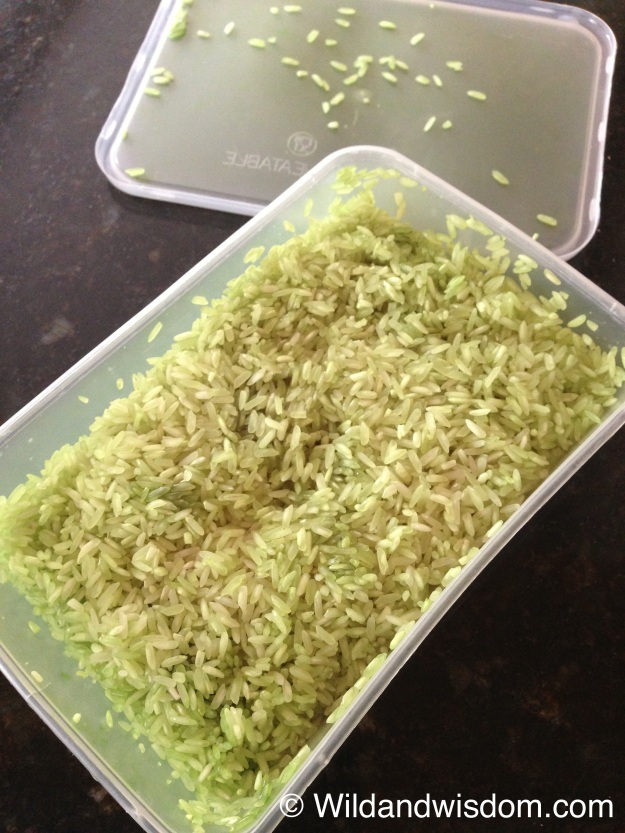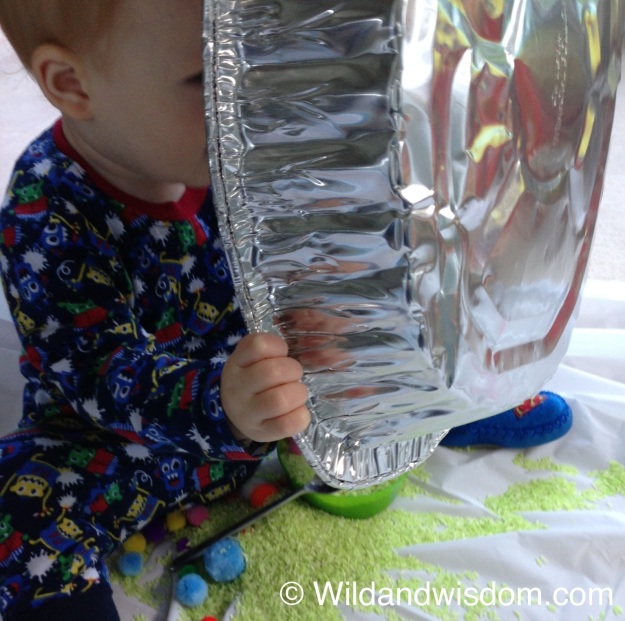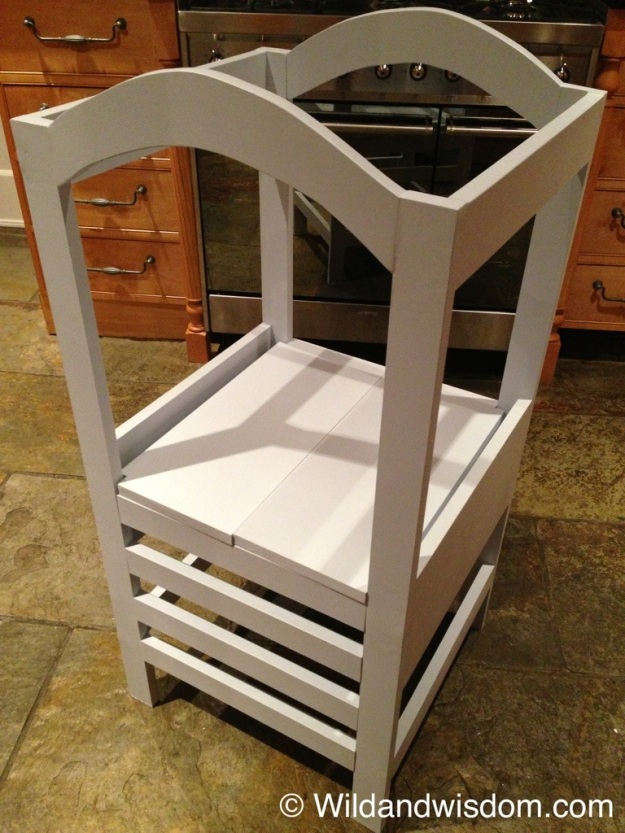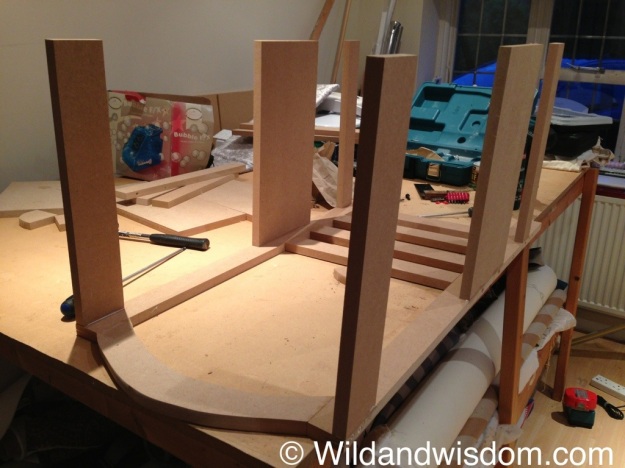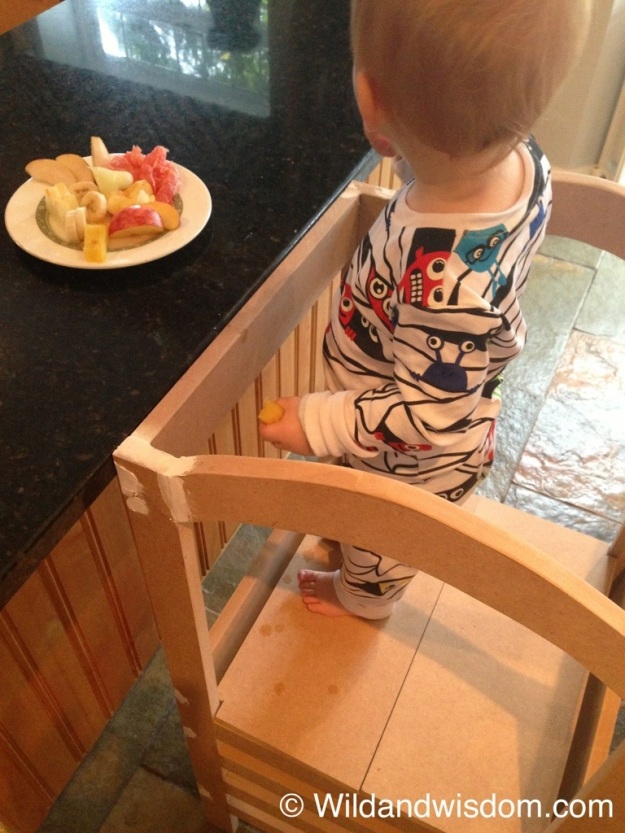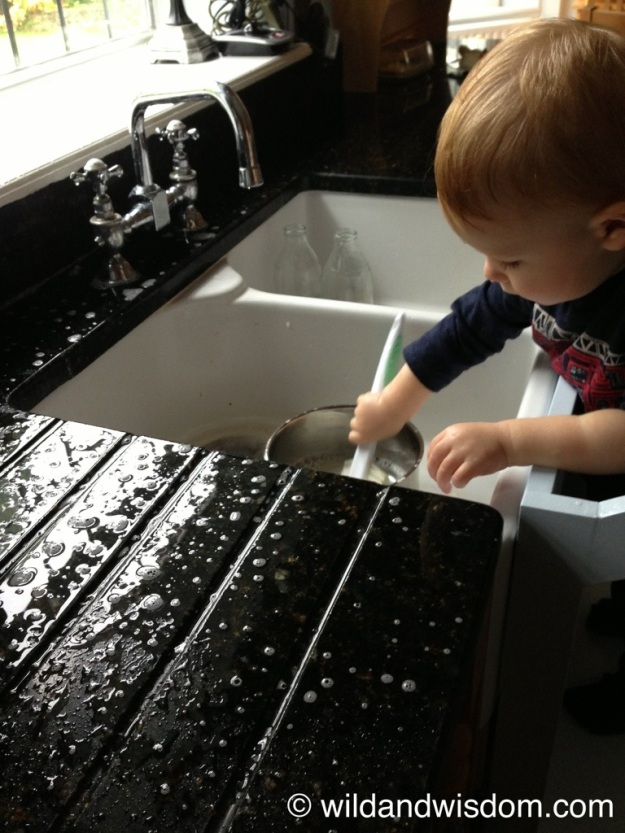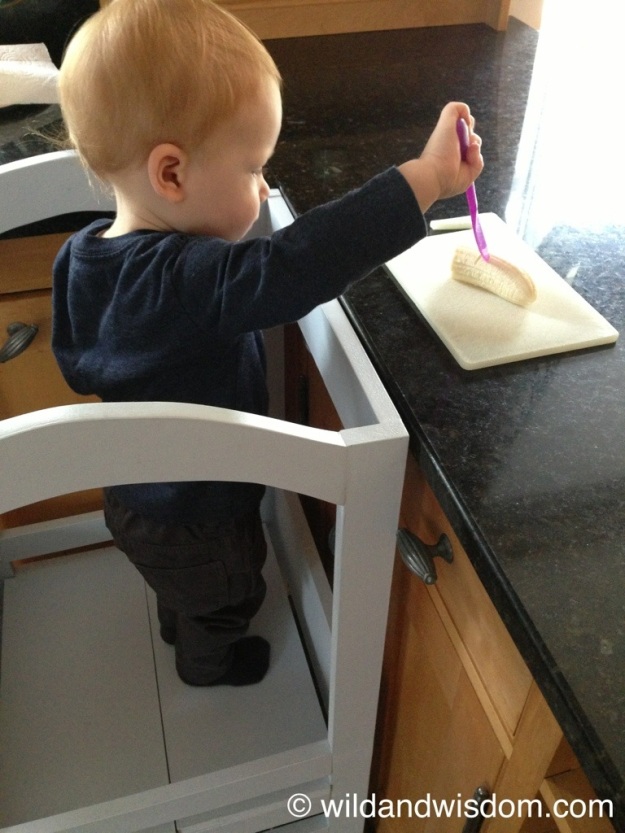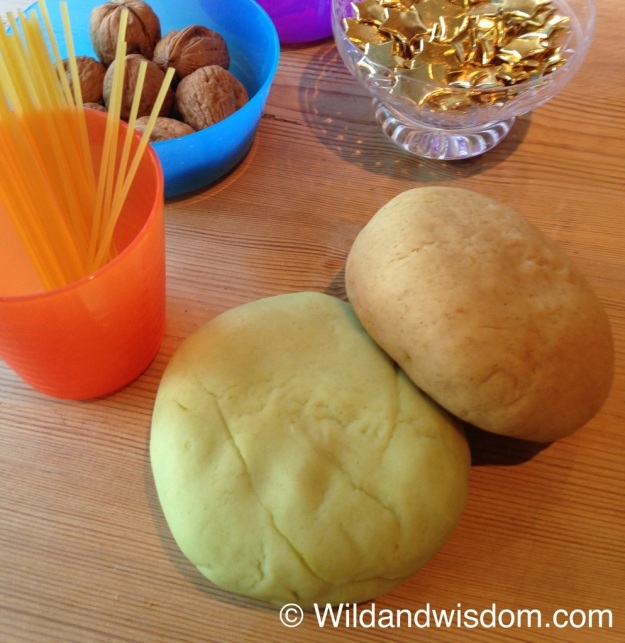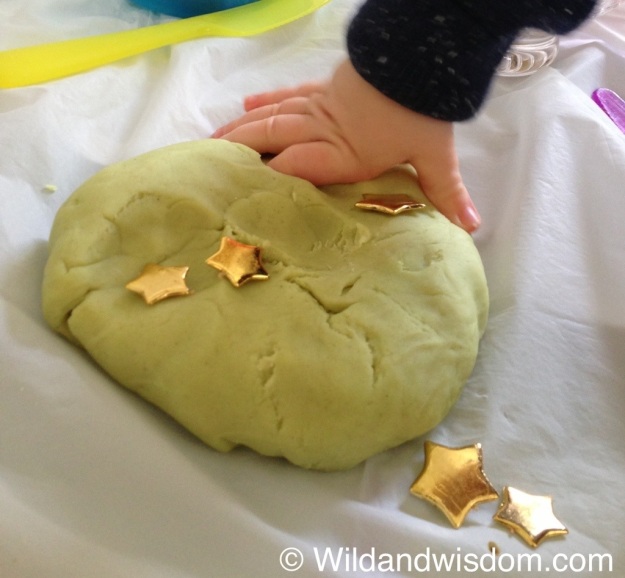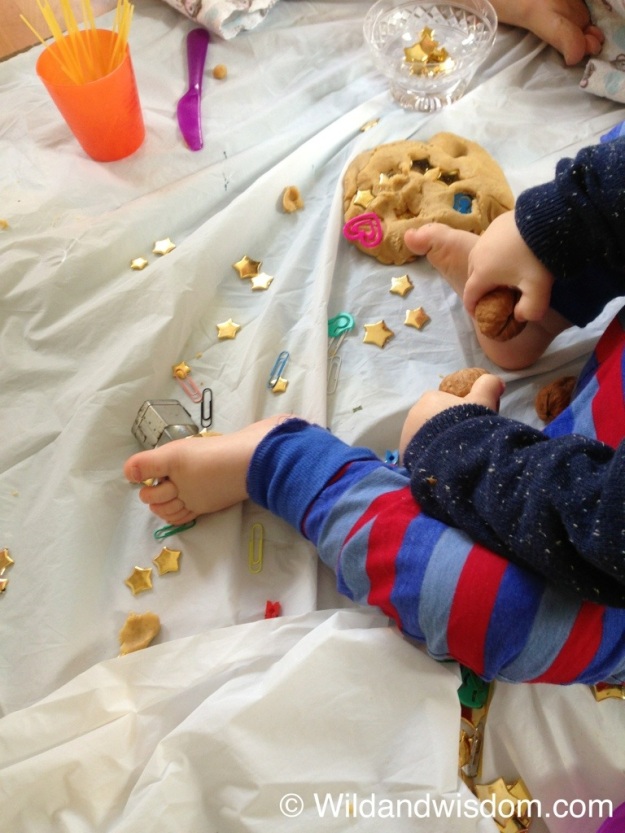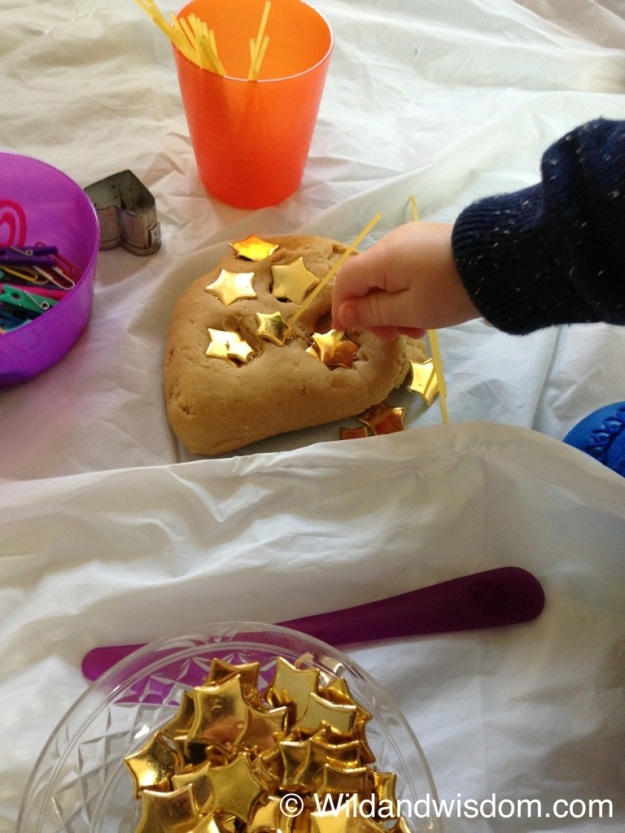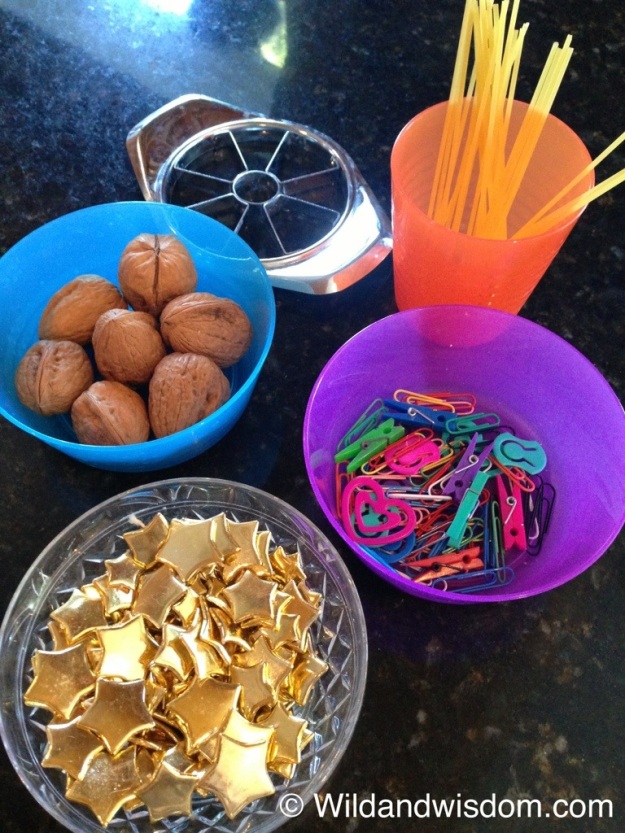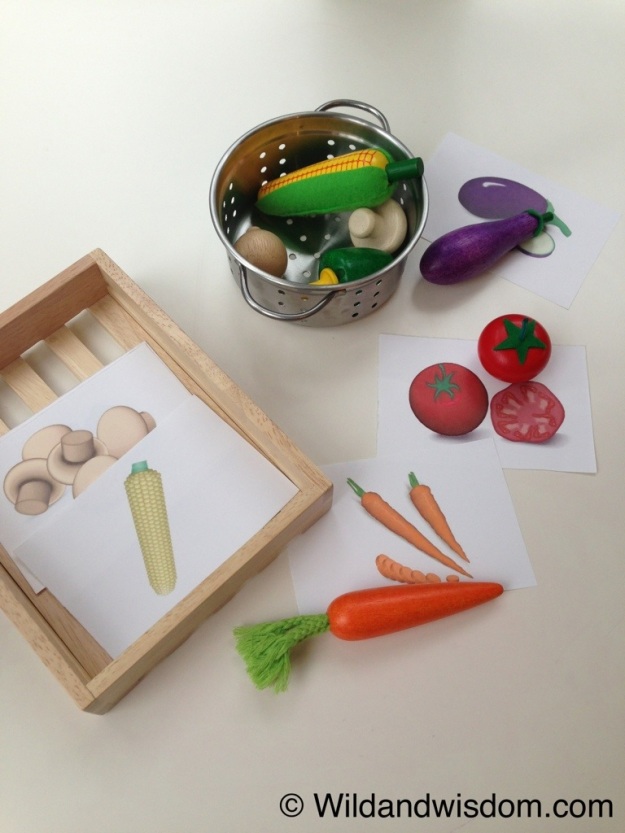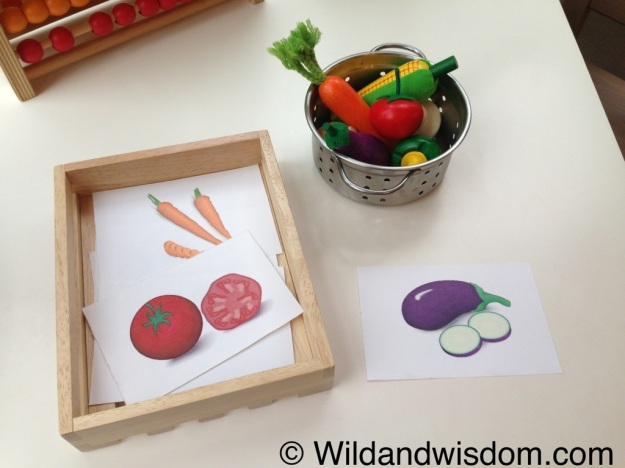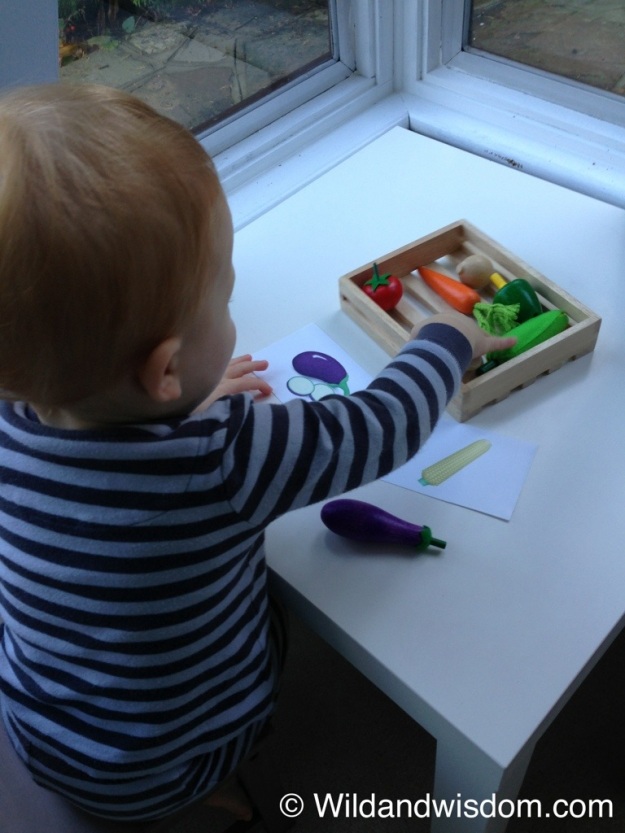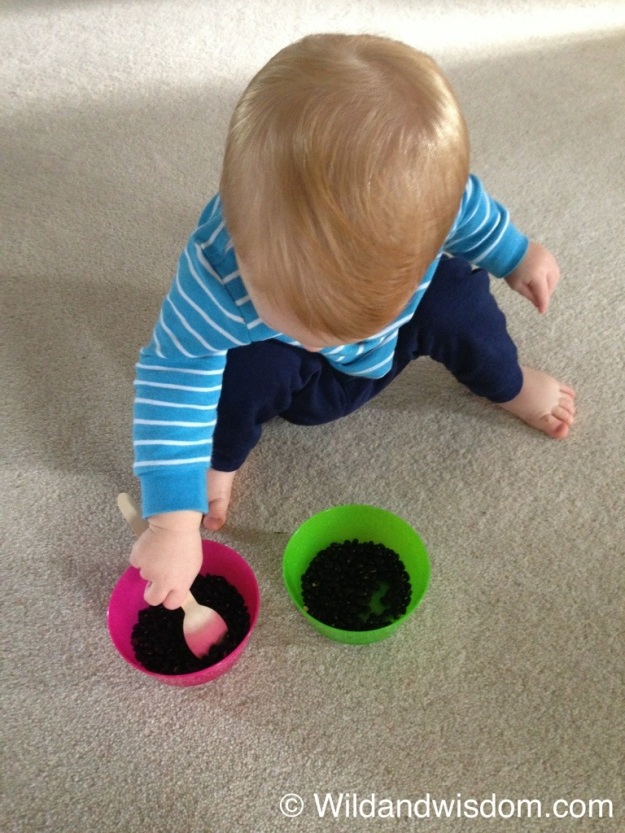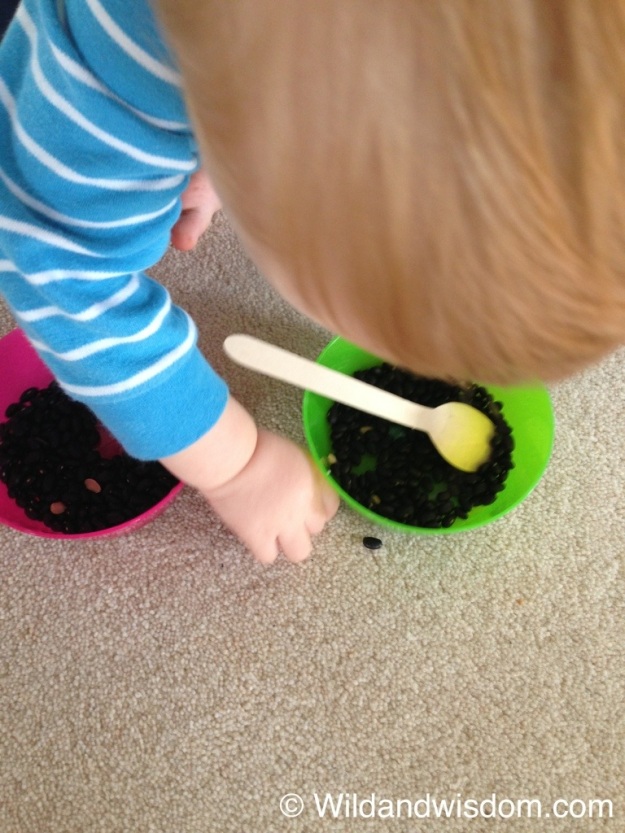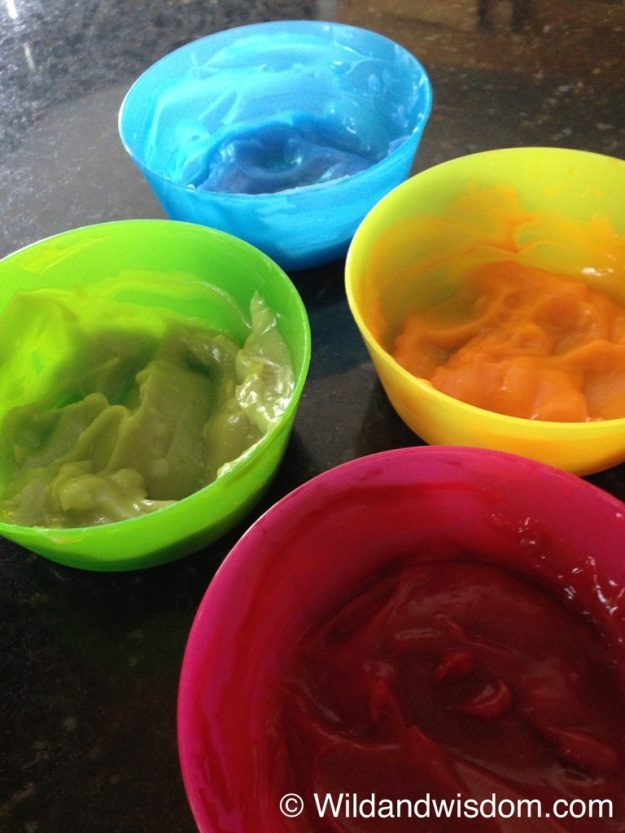One of the core principals of the Montessori prepared environment is beauty. Not in a grandiose manner, but in a natural, tranquil, enticing and ordered way.
Learning materials should be equally beautiful, carefully crafted and presented.
It is for this reason that I seem to spend a disproportionate amount of time creating materials relative to the amount of time he will probably spend on them. Ok, I probably make things that are a little advanced, but I figure over time, these things will live a long, well loved life, that will make the hours of crafting worth while.
This button snake is a perfect example…it could be a much simpler task than I created for myself, but I wanted a snake that would look good and stand the test of time, in beautiful rich and tactile colours.
The idea of the button snake is to help with practical dressing skills…self-dressing coordination, concentration and independence from about 2 years of age.
The original inspiration was a much simpler version, made in felt. The squares of felt simply need cutting to size, with a slit in the centre…have a look at Counting Coconuts version here.
I had this old fabric sample book which was going spare, the rich velvety colours were too tempting and the rectangular samples folded into perfect squares…no cutting needed!!.
Here’s how to make one…
Start with your fabrics of choice, my squares were just over 10cm x 10cm. You will need 20 pieces of fabric to make ten squares, don’t forget to allow for the seams, so your squares should be a couple of cm larger than you want them to end up.
With the patterned sides together, stitch all the way around, leaving a gap of approx 5cm.
Turn the squares the right way, through the opening.
Use a chopstick to get into the corners and achieve nice crisp squares.
Press squares flat.
Close the seams with a blind (ladder) hand stitch.
Set up your sewing machine for buttonholes. Stitch a central button hole onto each square according to manufacturers instructions. (Definitely practise this on a scrap of material first, it took several attempts to get this technique perfect and make sure your button fits through the hole!)
Use a craft knife or stitch-ripper to open up the buttonhole.
Tips: I chose a contrasting thread for the buttonhole, to highlight the opening. I also made the largest size hole available on the sewing machine, I plan to start with a large button, and sew up the hole for use with a smaller button as he masters this one!
Finally, take a length of ribbon and securely attach two buttons, one at each end. I tried a couple of techniques as you can see from the buttons in the picture, just use plenty of stitches as this is going to get pulled about…a lot!
This one could be quite frustrating for little fingers, so take plenty of time demonstrating how to thread and un-thread the buttons at the beginning.
I’m linking up at Montessori Monday, check it out for lots of other great inspirations.
Related articles
- spooning and stacking activity for toddlers (wildandwisdom.com)
- Sensory rice tray for toddlers (wildandwisdom.com)
- scented sensory play dough (wildandwisdom.com)
